[Shubo's Ten Hands]
June 24, 2017 18:00
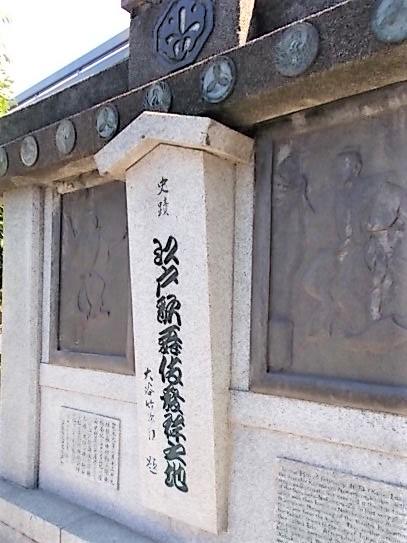
 The birthplace of Edo Kabuki, the site of the Kyobashi Daikon Riverside Vegetable Market
The birthplace of Edo Kabuki, the site of the Kyobashi Daikon Riverside Vegetable Market
This is 3-4 Kyobashi, Chuo-ku.
The two stone monuments are in the same place.
It was erected in 1957 as the birthplace of Kabuki.
It was in 1624 that Nakamuraza was allowed to play a drum tower in the southern part of Nakahashi. Since then, it has continued for 270 years until 1893. At that time, it was a very lively place with huts such as puppet manipulation and Joruri. After that, the industrial goods were removed for reasons close to Edo Castle and moved to Nihonbashi Horidome-cho.
The stone monument at the site of the Seimono Market was erected in 1959 in retrospective of the opening of the market for 280 years.
The market was located in Kitazume, Kyobashi River, which has good water transportation. The name of the radish is given because the large number of radishes arrived. It has nothing to do with the birthplace of Kabuki.  I hope you'll be sure.
I hope you'll be sure.
After that, it was merged with Tsukiji Central Wholesale Market in 1935 and moved to.
Please take a look while shopping in Ginza.
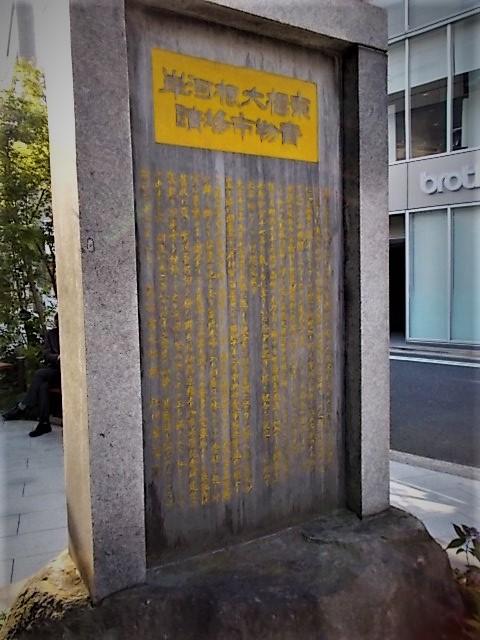
[Shubo's Ten Hands]
June 23, 2017 09:00
 Shinroku Hazama Peace pagoda
Shinroku Hazama Peace pagoda
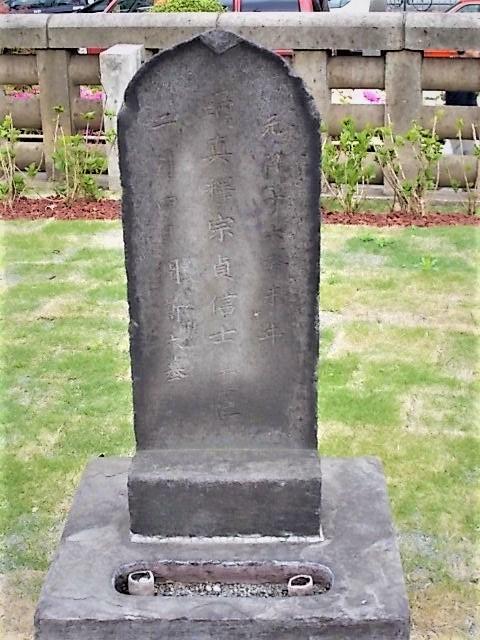
 Chushingura, which is always broadcast every year at dusk.
Chushingura, which is always broadcast every year at dusk.


He joined the enemy of Takumi Asanouchi with his father and brother (it is said to have given the first spear to Kira Uenosuke).
 In the defeat of Kira's house, he belonged to the back gate squad and cut off at Mori's house with each other.
In the defeat of Kira's house, he belonged to the back gate squad and cut off at Mori's house with each other.


The remains were buried in his own Tsukiji Honganji, Bodaiji Temple, by his son-in-law Nakado Matasuke.
 Naturally, there are different tombstones at "Honganji alone" and "Sengakuji sleeping with each other".
Naturally, there are different tombstones at "Honganji alone" and "Sengakuji sleeping with each other".


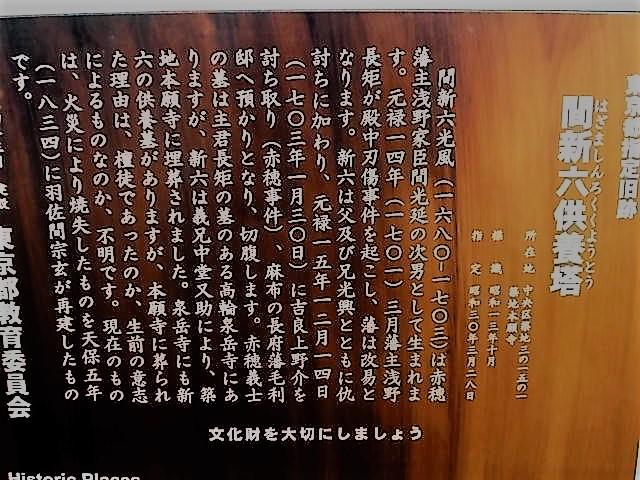 It is a tradition, but after the defeat, there is a story in which one's spear and Kaneko of the memorial service were connected and thrown into the precincts at the time of withdrawal.
It is a tradition, but after the defeat, there is a story in which one's spear and Kaneko of the memorial service were connected and thrown into the precincts at the time of withdrawal.
It seems that "Shinroku no Red Spear" still remains as a temple treasure. (Not available)
It's right next to Tsukiji Market. Please drop in on your way home from shopping.
[Shubo's Ten Hands]
June 20, 2017 16:00
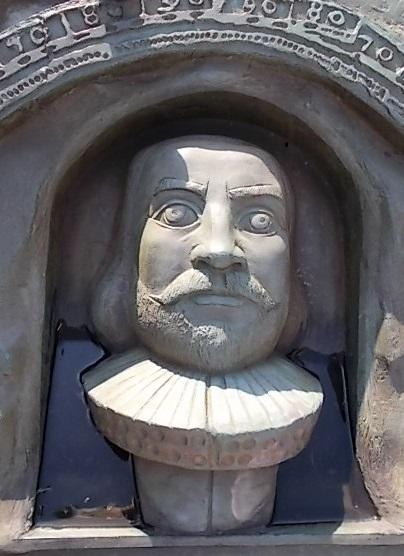
 Statue of Jan Jooss Ten
Statue of Jan Jooss Ten
It was installed at the intersection of Yaesu-dori median strip and Chuo-dori to commemorate the 380th anniversary of Osamu Nichiran.
The name of "Yaesu" is named after his mansion.
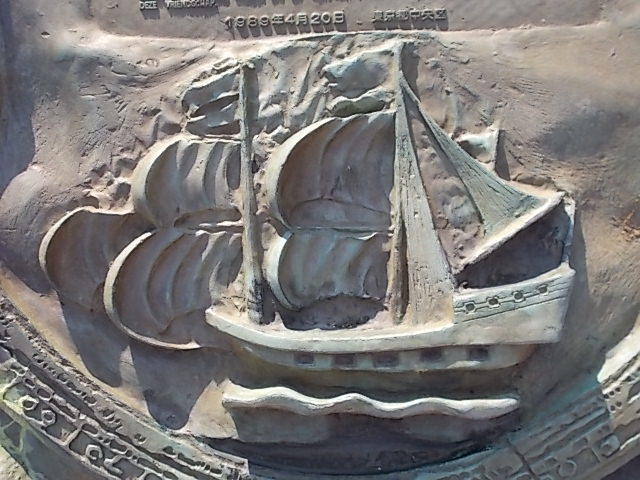 As a Dutch navigator, he boarded the Dutch ship "Leafde" and drifted to Bungo in 1600. With the confidence of Ieyasu Tokugawa, he worked as a European situation, interpreter, and diplomatic advisor.
As a Dutch navigator, he boarded the Dutch ship "Leafde" and drifted to Bungo in 1600. With the confidence of Ieyasu Tokugawa, he worked as a European situation, interpreter, and diplomatic advisor.
 Please take a look when shopping in Nihonbashi.
Please take a look when shopping in Nihonbashi.
[Shubo's Ten Hands]
June 18, 2017 14:00
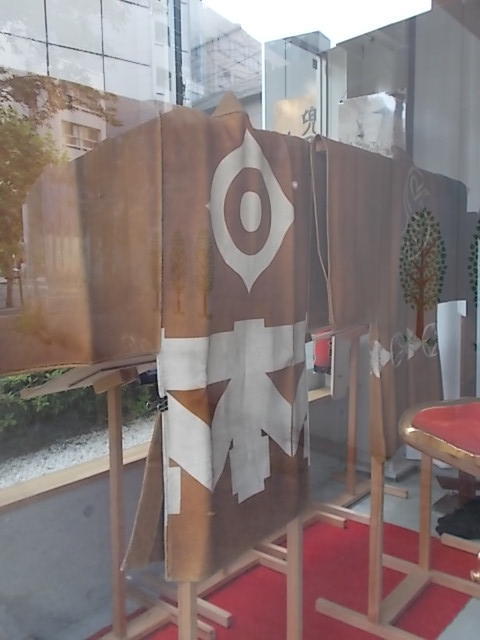
 This is the mark of the Bank of Japan.
This is the mark of the Bank of Japan.
 It's printed on the back of the banknote.
It's printed on the back of the banknote.
In one corner of Sakamoto Park, there is "Kabuto-cho / Kayabacho Machikado Exhibition Hall". It is on display along with portable shrine, floats and fire-related materials.
The mark can be read as "day" and "books" in kanji can be read as Japan in a half coat made of deer skin. It is said that it was given by the Bank of Japan during the Taisho era. It's a very innovative design.
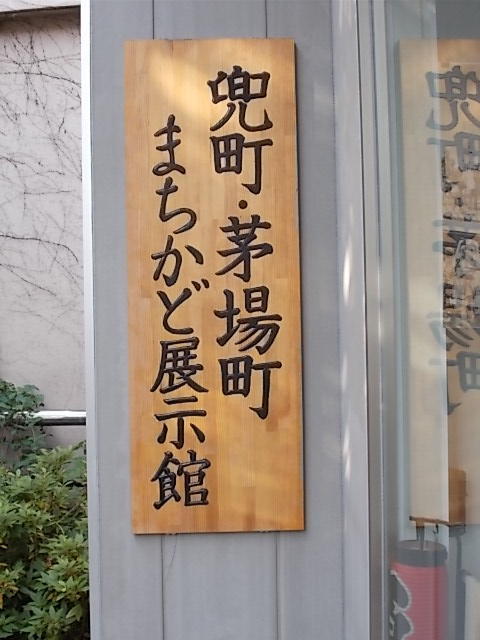 Why don't you take a look while shopping in Nihonbashi?
Why don't you take a look while shopping in Nihonbashi?
You can see it. 。 。 。
Do you want  to get more money?
to get more money?
[Shubo's Ten Hands]
June 17, 2017 18:00
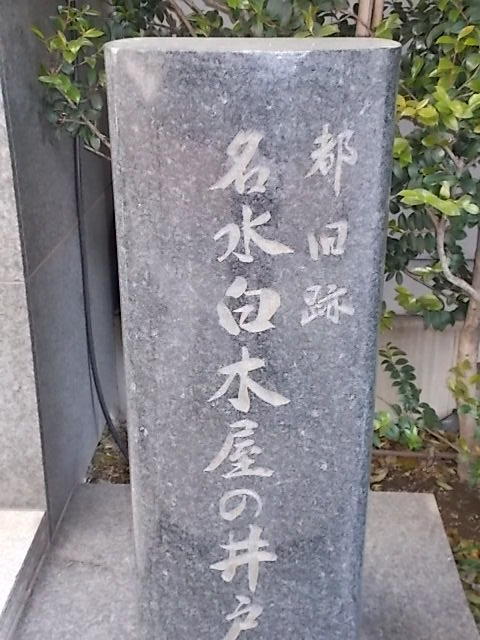
 Well of the famous water Shirakiya
Well of the famous water Shirakiya 
Nihonbashi district reclaimed in the early Edo period
It was originally the sea. Both the samurai and the townspeople were suffering from the shortage of good water.
 Hikotaro Kimura, the second generation of Shirakiya, who was a large kimono dealer in Nihonbashi, gave out his private property and in 1712 he dug up a well where Shimizu gushed out. It was also presented to the Shogun's family. It was widely used by Daimyo and nearby residents, and has been used for hundreds of years.
Hikotaro Kimura, the second generation of Shirakiya, who was a large kimono dealer in Nihonbashi, gave out his private property and in 1712 he dug up a well where Shimizu gushed out. It was also presented to the Shogun's family. It was widely used by Daimyo and nearby residents, and has been used for hundreds of years.
 Now, there is a stone monument in the left photo on the Cored Nihonbashi Annex Square.
Now, there is a stone monument in the left photo on the Cored Nihonbashi Annex Square.
 Please
Please  take a look at the shop in Nihonbashi.
take a look at the shop in Nihonbashi.
[Shubo's Ten Hands]
June 16, 2017 09:00
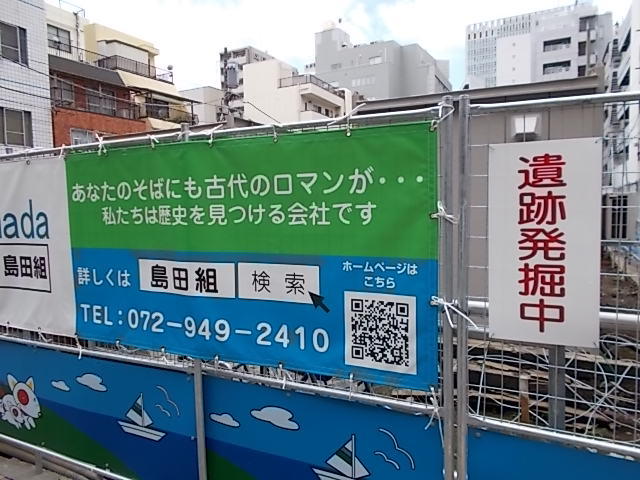
 This is Hatchobori 3-chome. The ruins are being excavated
This is Hatchobori 3-chome. The ruins are being excavated
It is a place where you go about 30 meters along the Suzuran Street in front of the main gate of Keika Square in the direction of Kayabacho. If you look at the old map, the late Edo period is Machiya.
I saw it on June 14th.
About 5 people were working carefully.
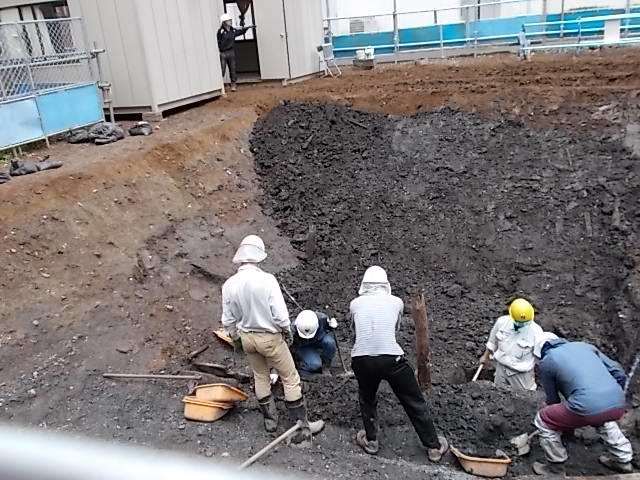 The color of the excavated soil is dark and looks like sand on the coast.
The color of the excavated soil is dark and looks like sand on the coast.
 You can see shells and pieces of wood everywhere. You can see wooden gutters made of strong trees.
You can see shells and pieces of wood everywhere. You can see wooden gutters made of strong trees.
 I'm looking forward to seeing what kind of things will come out.
I'm looking forward to seeing what kind of things will come out.
It's a good place for foot comfort. Romance of history? You may feel it...
![]() The birthplace of Edo Kabuki, the site of the Kyobashi Daikon Riverside Vegetable Market
The birthplace of Edo Kabuki, the site of the Kyobashi Daikon Riverside Vegetable Market![]()
![]()
![]()
![]()
![]() I hope you'll be sure.
I hope you'll be sure.![]()
![]()
![]()

